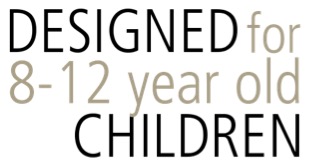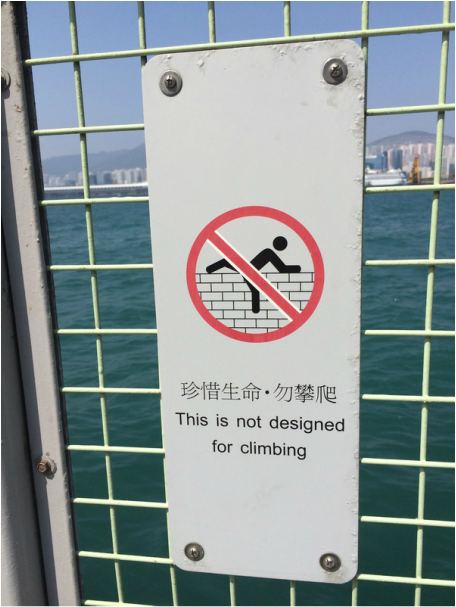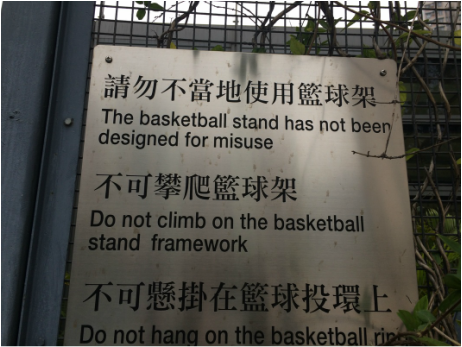|
If we think people may be unclear about what an object is for, or who are its intended users, we can tell them with a sign like this: This clarifies for us the intended users. The expression ‘designed for…’ (or ‘designed to…’) is also used to clarify details of the intended use of a product, as in this example:
Recently, I came across two interesting uses of this expression ‘in Hong Kong, as follows....
Although both these uses are completely grammatical, they are both examples of Hong Kong English, and strike native English speakers as odd – especially the second one. Why? The key is the word ‘design’. When we take the trouble to tell people what an object has been designed for, it’s almost always because there is a strong chance that people may be unaware of this. And because they are unaware, there is a possibility that they will to use the thing incorrectly. Here’s an example from a media article about iPhones that have been found to bend after being kept in a pocket for a long time: 'Smartphones are not designed to be put in your pocket' Most people probably don’t think twice about putting their phones in their pockets; here the speaker aims to make people aware of something they were unaware of before. This means that we DON’T mention that an object has not been designed for specific users or specific uses when it’s obvious – that is, when no normal person is likely to be unaware or unsure about these things. For example, we would not put a warning label on a shirt stating ‘this shirt is not designed for eating’ because no sensible person would expect a shirt to be for eating! In the same way, most normal people do not expect a fence between a path and the sea to have been designed ‘for climbing’. Our usual expectation is that such fences are designed to keep people from falling into the harbour. This is the nature of fences. A much better sign here would therefore be ‘No climbing’, or ‘Do not climb the fence’. As for the basketball stand sign, no sensible person would ever think that a piece of sports equipment has been designed for ‘misuse’. In fact, ‘misuse’ is by definition using something for what it has NOT been designed for; so this is a kind of tautology. Much better would be something like ‘This stand should be used only for playing basketball’, or ‘Do not use this stand for activities other than basketball’. In summary, use ‘this has [not] been designed for…’ only when there is a strong chance that readers may not be sure of the intended purpose or user of something. In other cases, use a simple prohibition like ‘do not…’
0 Comments
Your comment will be posted after it is approved.
Leave a Reply. |
About this blogThis blog arises from keeping an eye on English in Hong Kong. I often use signs, notices and advertisements that I see as starting points to write about English issues that commonly challenge Hong Kong writers. Archives
October 2017
Categories
All
|




 RSS Feed
RSS Feed